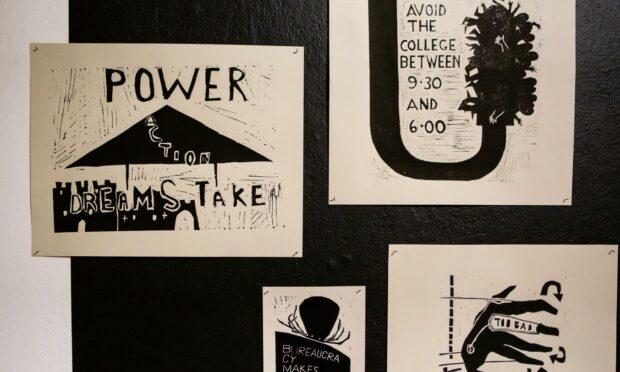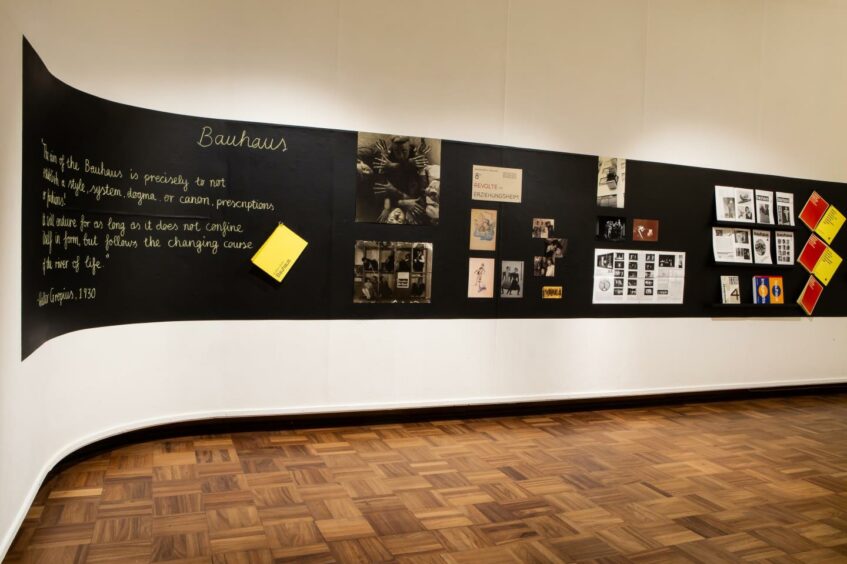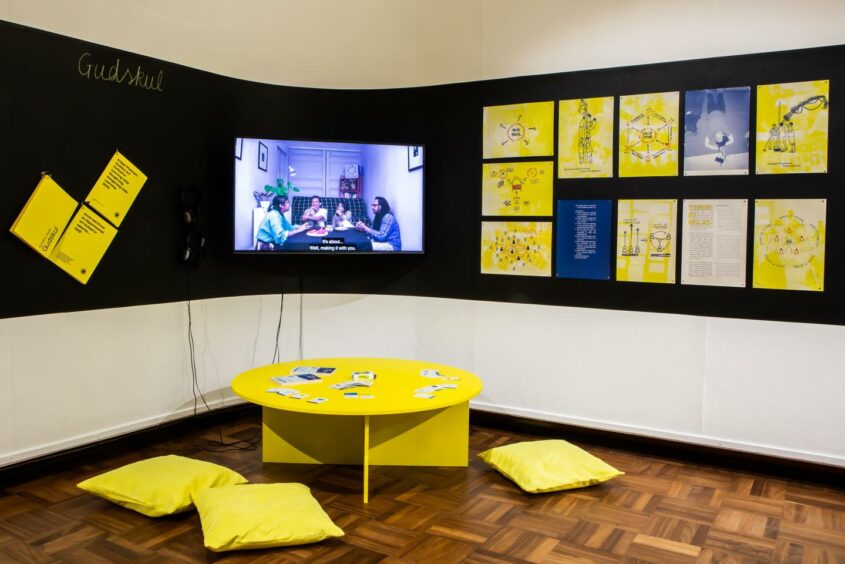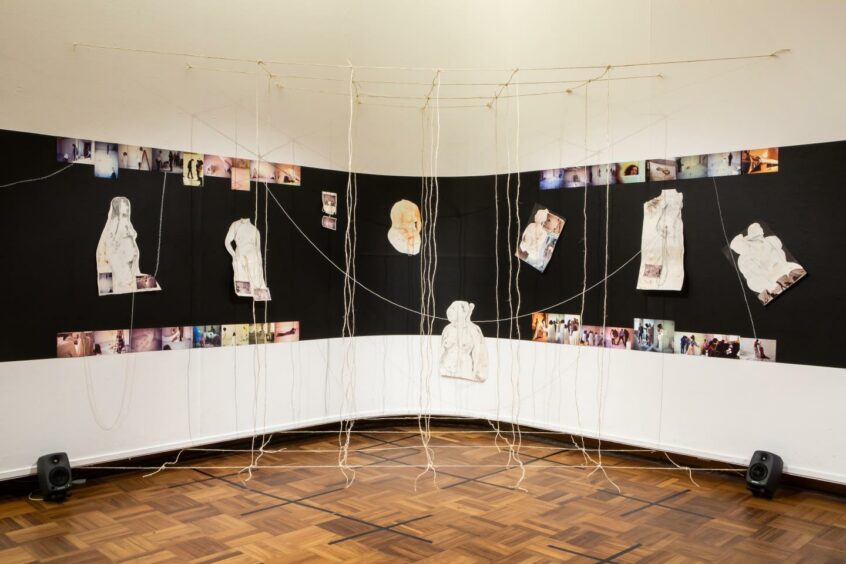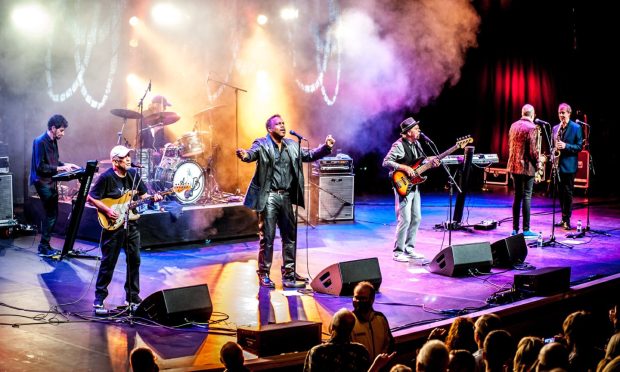An art-school exhibition on radical ideas in art schools may sound like the ultimate in navel-gazing, but the curator of this show at Duncan of Jordanstone College of Art and Design believes its lessons apply far beyond the campus.
The Ignorant Art School is an ongoing series of five shows and events at Dundee University’s Cooper Gallery that question the purpose of art education and who benefits from it.
Its second edition, Sit-in #2: To Be Potential opened last month and tells the stories of teachers and places of learning that, over the years, have challenged traditional educational methods and even changed how we teach young people.
Beyond the lecture halls
This display of documents, art, sound and film roams far from lecture halls and studios to less orthodox locations where artists and other creatives have gone to try out new ways to teach or ensure more of us can benefit from education.
Chronologically To Be Potential begins with the influential Bauhaus school that from its beginnings in interwar Germany helped promote the concepts of modern art and design.
Among more recent examples is an open-air school in Ireland that benefited marginalised groups such as the Traveller community and early school leavers.
Belfast-born artist Glenn Loughran’s Hedgeschoolproject ran from 2006-12, inspired by the secret Hedge Schools run by priests and rural workers during the time of Oliver Cromwell.
For the Cooper Gallery’s Director Sophia Yadong Hao, one key aspect that unites these different initiatives is removing the usual barriers and hierarchy that exist between tutors and their charges.
Tutors made art works in response
She points out tutors that have made art works in response to their students’ efforts and discussions with people that earn money as live models, rather than treating them as mute objects.
“Knowledge creation should be a collaborative, collective experience,” she says.
“We see this idea of a shared space even as far back as the Bauhaus. No master, no students, just teaching through learning together.”
While DJCAD may not earn a place in this show, Scotland’s contribution is represented by two initiatives that appear on the surface just as dissimilar:
Edinburgh Arts was a series of experimental summer schools held during the seventies that attracted contributions from the world-famous German artist Joseph Beuys.
Alongside it is Glasgow School of Art’s Environmental Art course that since 1985 has encouraged students to engage with the ‘real world’, including renowned Scottish artists Douglas Gordon and Christine Borland.
1968 Hornsey Sit-in
As part of the display for the latter, we see footage of students having their outdoor work being critiqued in robust if persuasive fashion by tutors in a 1998 Channel 4 documentary by US director Annie Griffin, best known perhaps for her 2005 comedy Festival set during the Edinburgh Fringe.
One of the most atmospheric parts of the exhibition is the display for the 1968 Hornsey Sit-In, an infamous student occupation of this north London art college with video, documents lit by evocative anglepoise lamps (a Bauhaus design, Hao points out) and interviews with its protagonists, among them former student organiser Kim Howells.
Yes, the same Howells who as a culture minister in Tony Blair’s government, complained in 2002 about the often controversial Turner Prize for art: “If this is the best British artists can produce then British art is lost”.
Hao, though, is not interested in promoting art schools’ value in ensuring the next Charles Rennie Mackintosh is equipped with the skills to paint and draw.
Rather, their importance lies in ensuring graduates have the ability to think creatively and critically, attributes useful beyond the artists studio.
Degrees lauded for economic value
“I think everybody should go to art school before they embark on any sort of career,” she laughs, but Hao makes a serious point when the UK government seems to value university degrees for their direct economic value, as in comparing graduate salaries.
“People perhaps would think, OK, medical study is definitely more useful, especially at the moment, but art education can really open up our minds to think and reflect creatively and critically,” she argues.
“It’s about learning to use your imagination and that’s training that can be done in an art school.”
- Sit-in #2: To Be Potential runs at Cooper Gallery, Duncan of Jordanstone College Art and Design, until 19 February.
